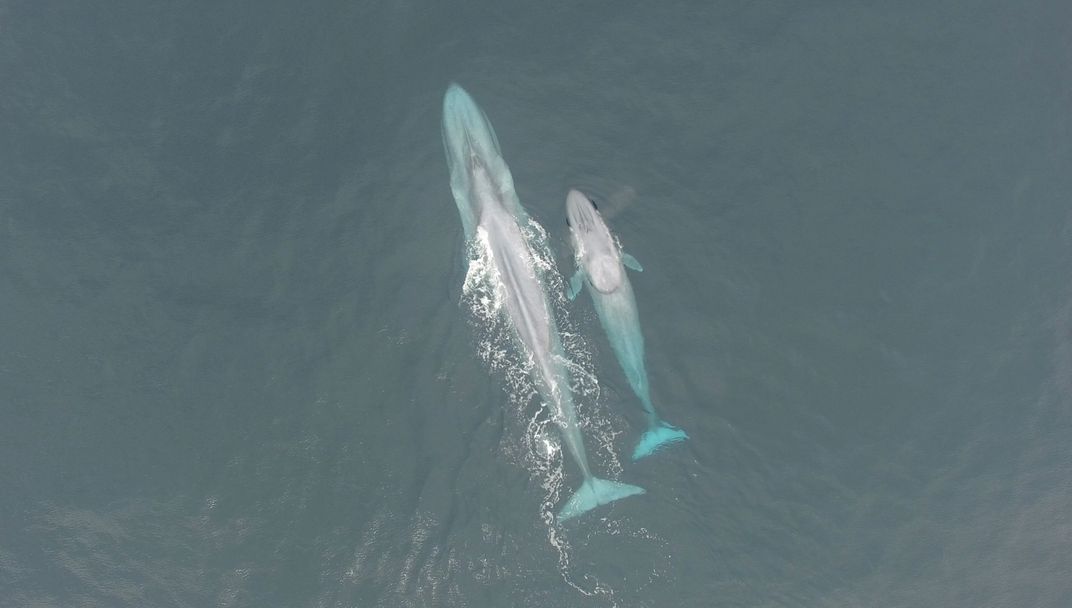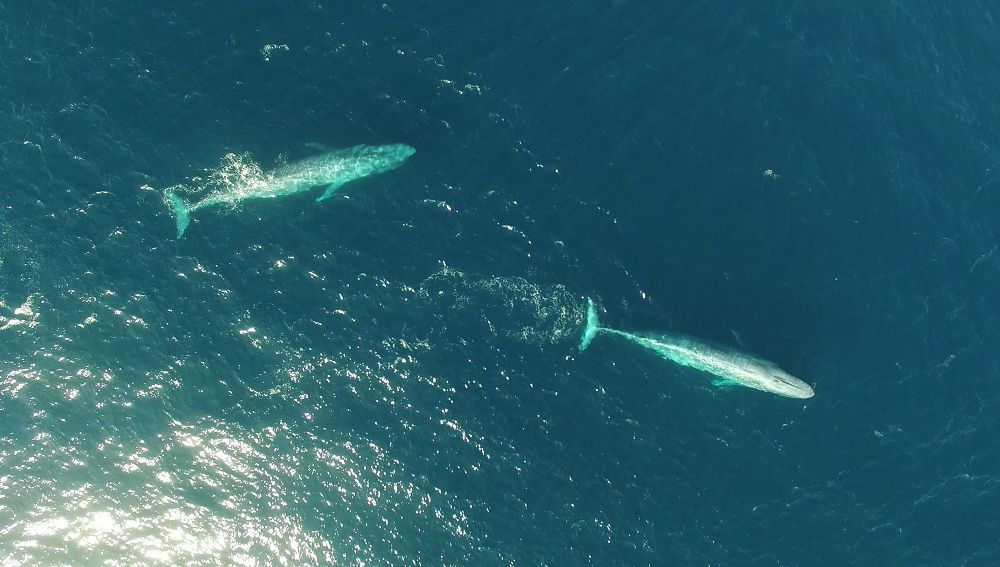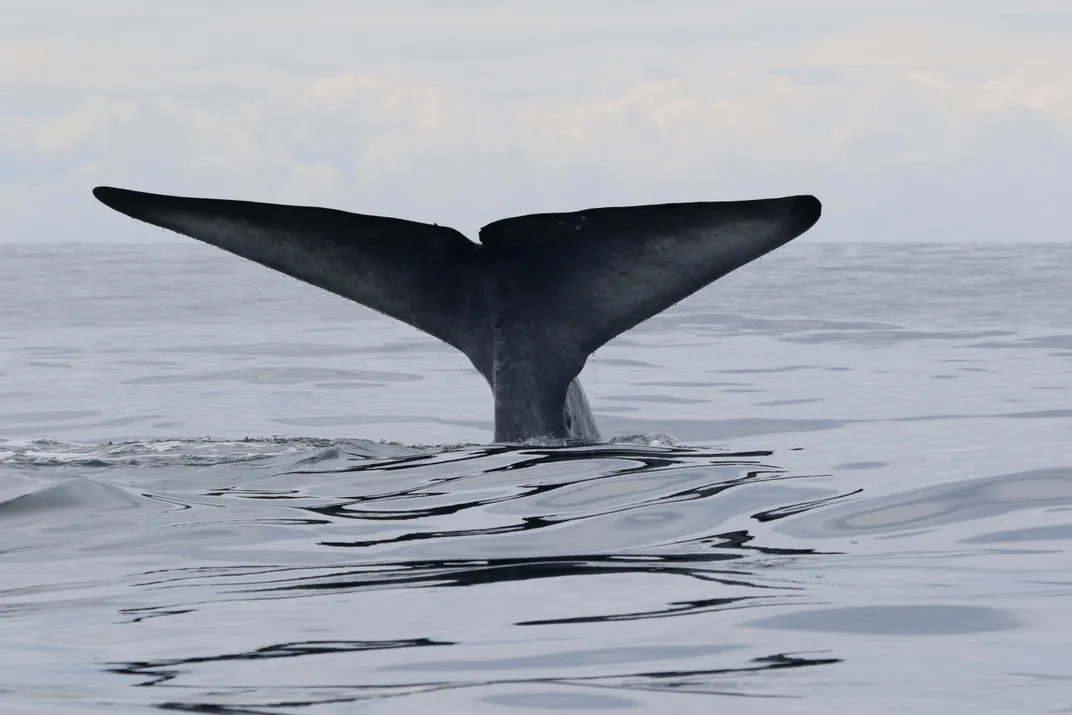Hundreds of Blue Whales Are Permanent Residents Off New Zealand’s Coasts
Survey and genetic data show the whales of South Taranaki Bight are a unique population of non-migratory blue whales
One of the most impressive migrations on Earth is one few witness: the travels of the blue whale.
Many of these massive beasts, which are the world’s largest mammals, make a springtime journey from oceans all over the world to the poles, where they birth their calves and gorge on a seasonal upwelling of krill. But a new study suggests that the blue whales around New Zealand aren’t the traveling type, reports Jamie Morton at The New Zealand Herald. Surveys and genetic data show the whales in an area between the North and South Islands, known as the South Taranaki Bight, are their own distinct, non-migratory population.
The whale tale begins in 2011, when a colleague told Leigh Torres, a researcher at Oregon State University's Marine Mammal Institute, that observers on a seismic survey ship had spotted nine blue whales in New Zealand, according to a press release. That’s an unusually high number of the massive beasts, and it piqued Torres’ interest.
She turned to the whaling records, finding that the area had gained notoriety as a hotspot for blue whale activity. In a 2013 paper, she hypothesized that the area had its own resident population that feeds year round on an upwelling current that produces massive amounts of krill.
But not everyone was convinced, and Torres received criticism from industry wildlife managers and other scientists who believed that the whales were just part of migratory population moving through. So Torres went to New Zealand to investigate, counting 50 individual blue whales during a ten-day cruise in 2014. For the most recent study, she and her graduate student Dawn Barlow led longer expeditions in 2016 and 2017.
Using biopsy darts, they were able to sample the DNA of some of the animals. They also captured individual songs on hydrophones deployed in the area for two years and collected photos of whales going back to 2004. Using this data, they identified 151 individual blue whales living in the area. The DNA showed that the animals were genetically distinct from populations of migratory and Australian whales and the songs confirmed these were unique animals, not part of the Australian population on a weekend holiday. The scientists detail their work in a study published in the journal Endangered Species Research.
“There is no doubt that New Zealand blue whales are genetically distinct, but we're still not certain about how many of them there are,” Barlow says in the press release. “We have generated a minimum abundance estimate of 718, and we also were able to document eight individuals that we re-sighted in multiple years in New Zealand waters, including one whale seen in three of the four years with a different calf each time, and many others we saw at least once.”
Similar to whales found off of Australia and Chile, New Zealand’s whales are slightly smaller than the 100-foot leviathans that migrate to arctic waters. Instead, these populations max out at about 72 feet, making them “pygmy” blue whales. It’s possible that the New Zealand whales could be a new subspecies of pygmy blues.
This population faces many threats. Just last year, New Zealand granted permission to a company to begin mining iron ore from the seafloor. Environmentalists worry such activity will churn up sand, clouding the sea and disrupting the natural food chain. Offshore oil and gas production also occurs in the region and conservationists worry about the disastrous effects of a spill.
According to Morton, the research team will return to New Zealand in July to meet with industry and government leaders to discuss management of the population and present their findings to the International Whaling Commission.





